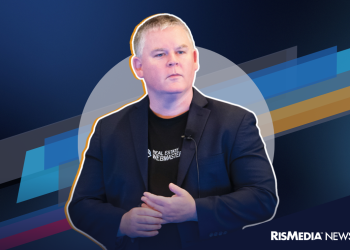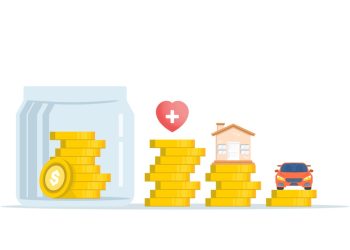The Labor Department recently released its Consumer Price Index (CPI), a strong gauge of inflation in the markets. For June, consumer prices increased by 0.9%, a sign that things are continuing to heat up.
The details:
Inflation has been rising throughout the year, following a dive in 2020 due to the coronavirus pandemic. June marked the largest one-month change since June 2009 when the index increased by 1%. And year-over-year, the index increased 5.4%—the largest yearly increase since August 2008.
The takeaway:
As housing prices continue to skyrocket, concerns over a bubble remain. On the financing side of things, mortgage interest rates continue to bob up and down—likely due to inflation. However, despite recent rate increases, the Mortgage Bankers Association strongly believes rates will stay low with rising inflation a temporary concern.
“Mortgage rates continue to drift down as markets concur with the view that inflation increases are temporary,” said Sam Khater, Freddie Mac’s chief economist, in a June analysis.
The biggest indicators that the current inflation revolves around short-term factors? The following signal a healing economy:
– Robust job growth
– Stronger lending practices
– An increase in equity-rich households
Economists predict inflation will return to pre-pandemic levels as the economy catches up with the demand spurred on by post-covid recovery.
 Liz Dominguez is RISMedia’s senior online editor. Email her your real estate news ideas to lizd@rismedia.com.
Liz Dominguez is RISMedia’s senior online editor. Email her your real estate news ideas to lizd@rismedia.com.











